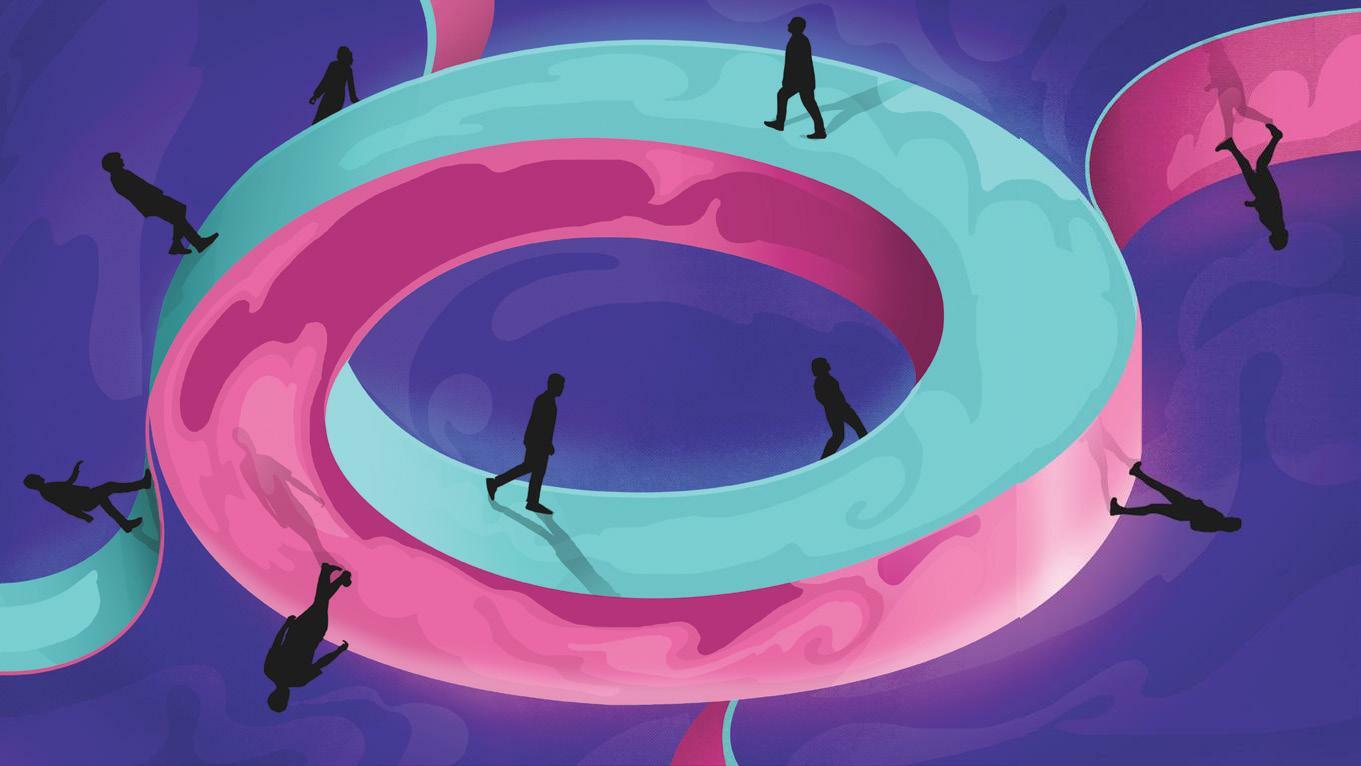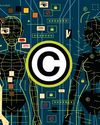Try GOLD - Free
Research in Reverse
Scientific American
|September 2025
When scientists make sharp 180-degree turns in their thinking, it is often for one of two particular reasons

IF THERE IS A BEGINNING TIME POINT for the Age of Scientific Reversal, it may be 1887—the year when Albert A. Michelson and Edward W. Morley conducted what is often called the world's most famous failed physics experiment.
For more than two centuries researchers had proposed that light was a wave of some kind traveling through an ineffable material that pervaded everything, even the space between atoms. No evidence of this all-permeating substance—the aether, as it was called—had ever been detected. Still, most scientists firmly believed it must exist. How could a wave be seen to travel unless there were something it was traveling through? Working in Cleveland, Ohio, Michelson and Morley sought to measure the aether's effects with some of the most sensitive equipment ever built. To their shock, they found absolutely no trace of it.
Baffled and discouraged, the two men gave up plans for followup experiments. Other physicists were even more dismayed. The great theoretical physicist Hendrik Lorentz said the results put him “utterly at a loss.”
Yet they were not a loss for science. The Michelson-Morley tests actually led to a remarkable intellectual 180-degree turn and a forward leap in physics. The aether, scientists had believed, would provide a fixed background—a universal reference for all celestial objects. The discovery that outer space was a featureless, nearly empty vacuum—which stemmed from Michelson and Morley's work—meant that objects could be located only in reference to one another. And that realization fed into an even bigger 180-degree turn: Albert Einstein's theories of special and general relativity, which upended previous notions of gravity and turned space and time into a single curvature created by mass and energy.
This story is from the September 2025 edition of Scientific American.
Subscribe to Magzter GOLD to access thousands of curated premium stories, and 10,000+ magazines and newspapers.
Already a subscriber? Sign In
MORE STORIES FROM Scientific American
Scientific American
Will We Run Out of Rare Earth Elements?
These valuable but difficult-to-extract metals are increasingly important to modern life
1 mins
December 2025

Scientific American
Copyright Laws Can Stop Deepfakes
The U.S. should give its residents rights to their own face and voice
4 mins
December 2025

Scientific American
50, 100 & 150 Years
“The list of first-aid procedures that the medical profession encourages laypeople to undertake is short because of concern that tactics applied in ignorance may do more harm than good.
3 mins
December 2025

Scientific American
Dramatic Atmosphere
Exoplanet TOI-561 b has air where none should persist
2 mins
December 2025

Scientific American
The Mother of Depressions
Postpartum depression is a leading cause of death among new mothers. A new type of drug offers better, faster treatment
16 mins
December 2025

Scientific American
Going Rogue
A massive study may improve the prediction of dangerous rogue waves
3 mins
December 2025

Scientific American
Phages Caught Sleeping
Bacteria use hibernating viruses to immunize themselves
2 mins
December 2025
Scientific American
THE COVERT HERBARIUM OF CRYPTOGAMIC BOTANY
A century ago a father and a son labored to replicate the intricate structure of nearly eight hundred species of plants in four thousand delicate models.
1 min
December 2025

Scientific American
Are AI Chatbots Healthy for Teens?
Kids crave approval from their peers. Chatbots offer an alternative to real-life relationships, but they can come at a price
5 mins
December 2025

Scientific American
The Myth of the Designer Baby
Parents beware of any genomics firm saying it can help them with “genetic optimization” of their embryos
5 mins
December 2025
Listen
Translate
Change font size

